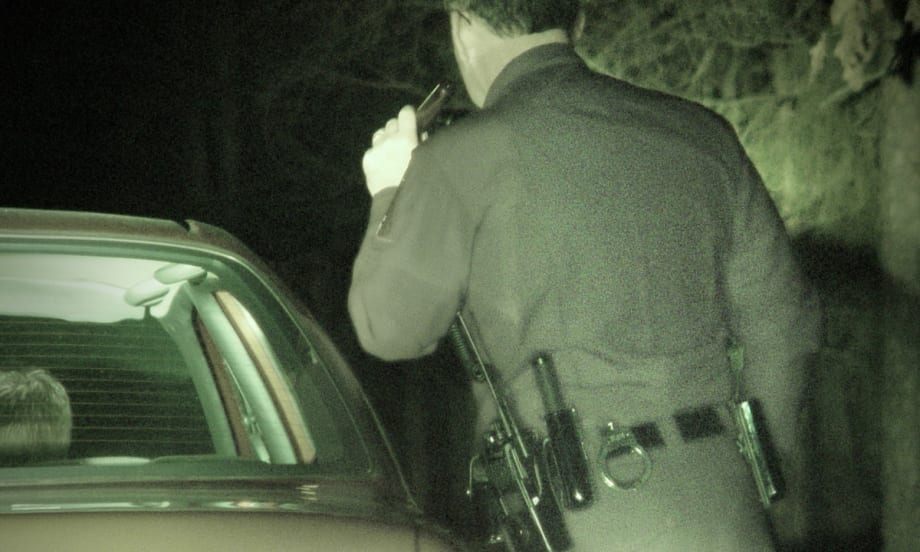"One of the things they try to teach in the California Highway Patrol Academy is to make traffic stops in safe and well-lit areas," notes CHP Officer Charmaine Fajardo. "If at all possible, officers should try to get the vehicles to exit freeways before stopping. Unfortunately, people don't always stop where you want them to. Fortunately, a lot of times officers know the area in which they're working. They know the best places to effect traffic stops. Usually, by the time our officers hit the lights, they have some idea about where they want to take the traffic stop."
The one variable that no officer can control is what the motorist will do when the flashing lights come on. Sometimes they do not stop when we want them to. They may not see us in time, or they decide to stop as soon as they do see us and suddenly hit the brakes at a place well before where we anticipated they would stop. Then there's those vehicles that will immediately start going over to the right before the detaining officer has any chance of merging safely with them.
"You can get the vehicle all the way off the freeway and on a surface street then have some vehicle lose control on a side street and hit them. The main problem isn't how an officer has conducted the stop. It's driver inattention," says Fajardo.
Hostile Action
Proactive enforcement is part of police work, and the patrol stop is a staple to that end. But with traffic stops comes the potential for ambushes. Sudden attacks happen at any time and through many different means. Motorists have put their cars in reverse and hit the gas in efforts to deploy the airbags in an officer's car; other officers have been fired upon as soon as they lit up a car, approached on foot, or attempted to effect an arrest.
In Long Beach, Calif., a two-man unit activated its lights to effect a traffic stop of an SUV. The driver of the SUV immediately slammed the brakes and jumped out of the vehicle, firing through the patrol car's windshield with a laser-sighted gun, seriously wounding both officers.













